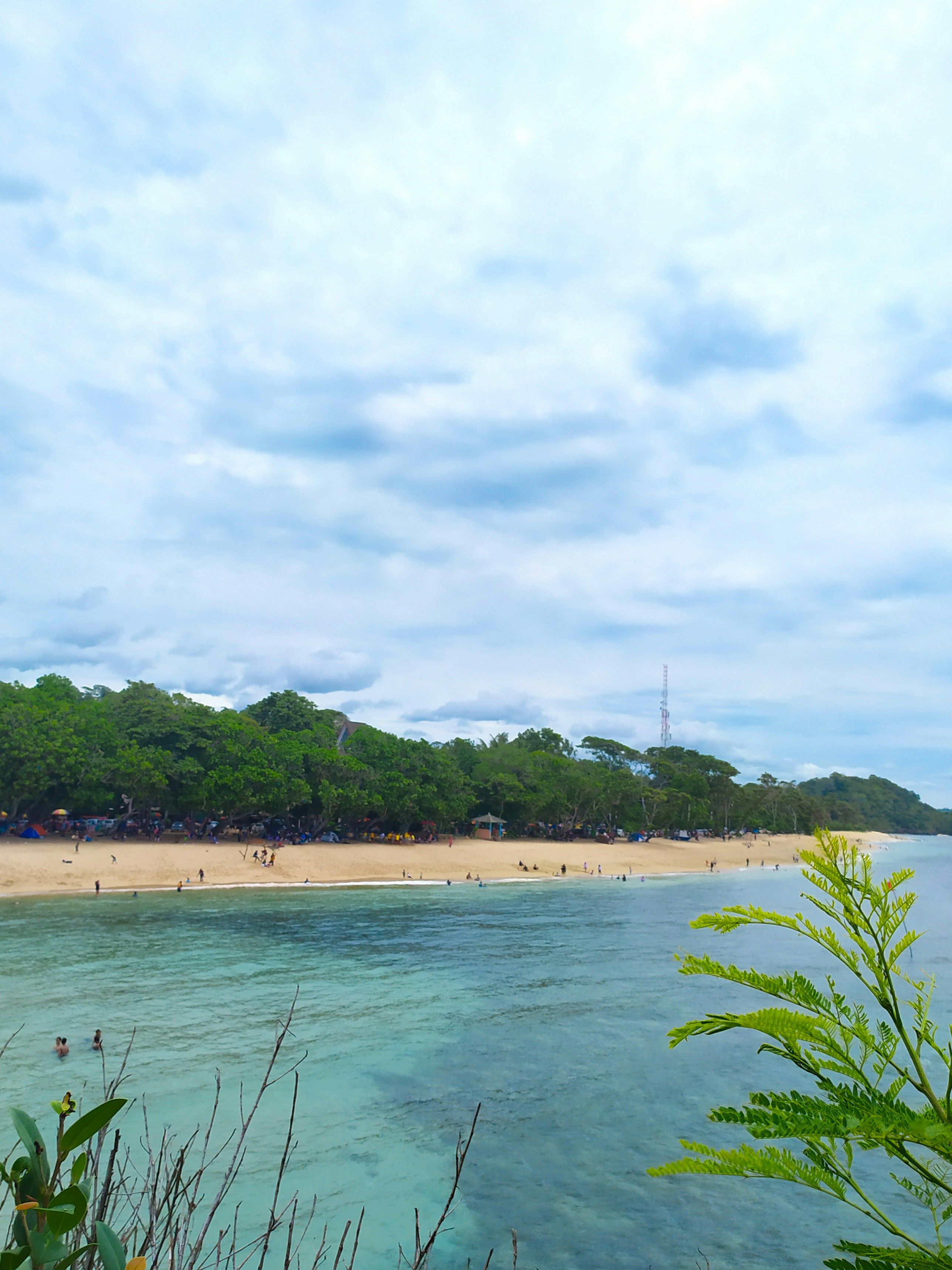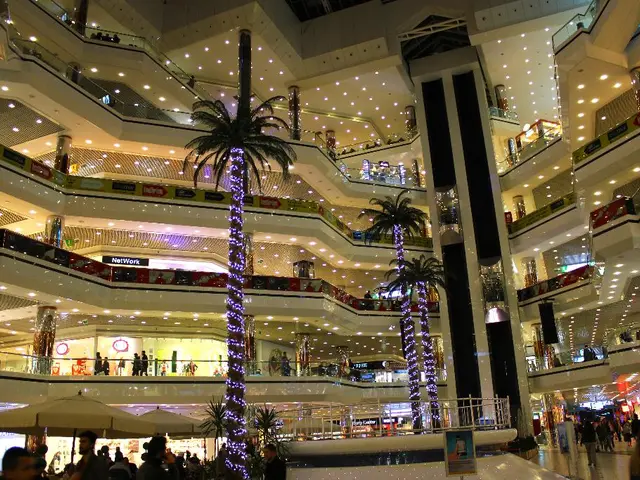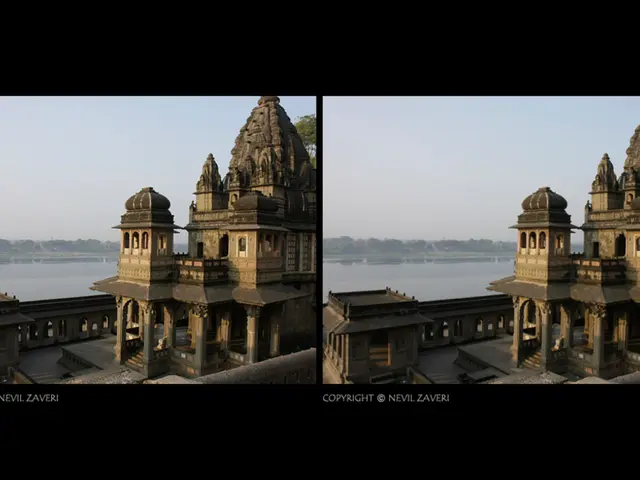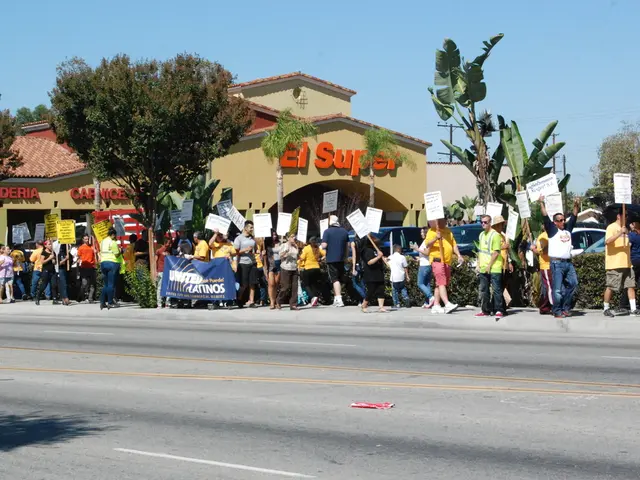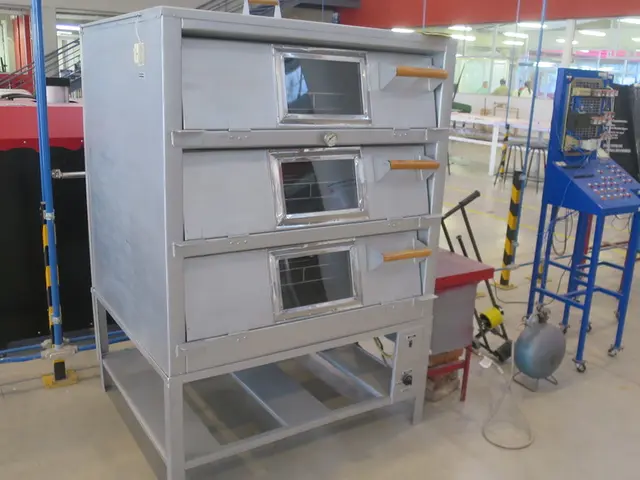Post-Earthquake Insights: Essential Information as the World Undergoes Transformation
At the Knowledge Forum 2025 held at Chulalongkorn University, titled "After the Quake: From Lessons to Prevention - What We Must Know When the World Shifts", a group of experts gathered to discuss Bangkok's seismic risks and ways to improve understanding and preparation. The attendees included:
- Pennung Warnitchai, Chair of the Structural Engineering Program at the AIT
- Amorn Pimanmas, President of the Thailand Structural Engineers Association (TSEA)
- Alongkorn Parivudhiphongs, Deputy Dean of Research and International Affairs at Chulalongkorn University's Faculty of Communication Arts
- Poomipak Julmanichoti, Chief Strategy Officer at Sansiri Plc.
In this multidimensional discussion, they delved into Bangkok's seismic vulnerabilities and necessary actions before the next earthquake.
Bangkok experienced the quake, but why?
The 7.7-magnitude earthquake that hit central Myanmar on March 28 was far from Thailand, yet its impact was still felt in Bangkok. Long-period ground motion reached the capital and caused tall buildings to sway due to resonance with high-rise structures, especially those built on soft soil.
Soft soil = more shaking
Bangkok resides on a soft-soil basin, which amplifies seismic waves up to four times, making tremors feel stronger in the city compared to nearby provinces with harder ground. The phenomenon mostly affects tall buildings due to their natural swaying frequency aligning with long-period waves.
How structures respond
Tall buildings in Bangkok are designed to move but not break during tremors. Modern engineering includes:
- Carbon fiber - prevents cracking and keeps steel reinforcements from bending
- Seismic sensors – offers real-time data on a building's stability during an earthquake
- Dampers and energy absorption systems, such as fluid viscous dampers
Controlled swaying serves as a safety feature, not a flaw.
Building codes and seismic zones in Bangkok
Seismic design codes were introduced in 2007 and updated in 2021. Bangkok is divided into ten zones based on earthquake vulnerability. New high-rises must follow strict standards to withstand seismic forces, while older buildings are being reviewed, but not all are required to retrofit.
Inspection results: mostly safe, with exceptions
After the quake, officials inspected nearly 500 buildings, with most being safe, only a few showing moderate damage. However, a new, under-construction State Audit Office (SAO) building in Bangkok's Chatuchak district collapsed entirely, raising concerns about design and construction oversight.
Bangkok's seismic risk is real, but manageable
Bangkok is not located near active faults, but it is vulnerable to tremors from quakes elsewhere, especially in areas close to faults, provinces with soft soil, and certain moderate-risk zones identified by authorities.
Key points for developers and residents
- Building height alone does not determine safety; engineering quality is crucial.
- Well-built high-rises remain safe during distant quakes even with tall buildings experiencing more sway.
- Low-rise buildings are less affected by long-period waves but should still follow proper structural standards.
Recommendations for increased resilience
- Foster a stronger audience understanding of seismic safety measures and the reasons behind controlled building sway.
- Strictly oversee construction sites, particularly for unfinished structures.
- Continue updating seismic codes as technology and data improve while promoting installation of damping systems in key infrastructure and tall buildings.
Let's not wait for the next earthquake
Earthquakes are rare in Bangkok, but they are still possible. The recent tremor served as a reminder that the city must remain prepared. Experts emphasize sustained focus on seismic safety, not just when the ground shakes.
In conclusion, Bangkok’s long-term seismic safety strategy combines rigorous zoning and updated building codes, advanced engineering designs, thorough monitoring and data-driven risk assessment, and proactive international collaboration, aiming to mitigate the amplified seismic threat posed by the city's soft soil foundation and reduce future earthquake risks to its dense urban environment.[1][2][3][4]
[1] 58th ATBCSE Seminar “Understanding Earthquake Risks and Countermeasures for Buildings - Focus on Central Silom Area,” February 25, 2021.[2] “New Building Code for Seismic-Resistant Structures in Bangkok, Thailand,” The ASEAN University Network (AUN), December 20, 2019.[3] S. Kararatanakul, et al. “Towards Advanced Earthquake Resistant Design: Practical Application of the EQE Sub-Asia Guidelines in Bangkok, Thailand,” Earthquake Spectra, vol. 33, no. 3, pp. 1239-1258, Wiley Online Library, 2017.[4] “Bangkok Seismic Safety Guidelines Manual," Bangkok Metropolitan Administration (BMA), 2020.
- With technologies like carbon fiber, seismic sensors, and dampers being integrated into modern engineering, it's crucial to advocate for a stronger audience understanding of seismic safety measures, particularly in relation to the necessary controlled swaying of tall buildings during earthquakes.
- The importance of environmental-science and technology collaboration extends beyond just countering climate-change; these fields should also work together to address the amplified seismic threats posed by urban environments, such as Bangkok's soft-soil basin.
- While education-and-self-development in seismic safety is essential, stricter oversight and adherence to updated building codes are necessary to minimize the risk of collapses like the State Audit Office building in Bangkok's Chatuchak district.
- As we look into the future, health-and-wellness and fitness-and-exercise advocates should include earthquake preparedness and response as part of their agendas, given the potential impacts of seismic events on people's safety and wellbeing in densely populated cities like Bangkok.
